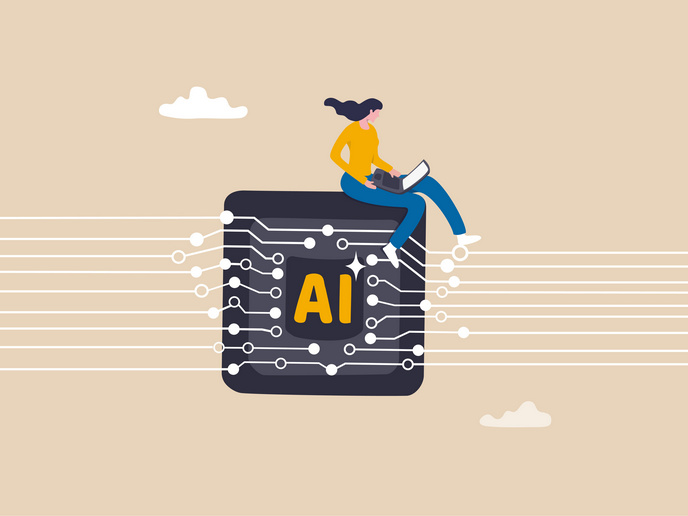Overcoming the constraints that shape women’s career choices
According to Eurostat, in 2019 11.7 % more men of working age (20-64) were in employment than women. Additionally, women’s gross hourly earnings in 2018 were on average 14.4 % less than men. For many years, explanations for workplace gender inequality focused on structural social inequalities, related to sexism, stereotypes and norms. Despite more women entering the workforce, striking inequalities remain, shifting focus to career choices. The continued gender pay gap can be framed as reflecting a societal view that women’s work is inherently worth less (a structural explanation), or the result of women choosing to work in lower paid roles and professions. “The first explanation acknowledges the systemic nature of gender inequality, while the second acknowledges women’s agency. But one risks presenting seemingly insurmountable barriers, while the other burdens women with overcoming internal obstacles by ‘leaning in’,” says Michelle Ryan, director of the Global Institute for Women’s Leadership, and principal investigator of the CIC (Context, Identity and Choice: Understanding the constraints on women’s career decisions) project, funded by the European Research Council (ERC). Ryan’s previous research found that women were often placed in senior positions that had a high risk of failure, a concept she christened the “glass cliff”. CIC further investigates the challenges women face in work, to investigate how structural barriers shape choice, with implications for practical policies to achieve workplace gender equality. The project identified a number of enabling factors, such as perceptions of belonging and fitting in, the availability of role models, expectations of success, a supportive organisational culture and fair treatment by others.
Ambition, work-life balance and career risk-taking
CIC integrates insights from the academic literature, organisational policy and practice, social commentary and the media, alongside women’s own testimony. “Clearly understanding about women’s career choices is fragmented and often only partial. We wanted to offer a more in-depth picture useful for interventions,” adds Ryan. The team have used a variety of methodologies to explore three interrelated work streams focusing on different career choices, namely: ambition, work-life balance, and risk-taking. The team conducted four surveys with 1 830 women to look at the influence of identity on career choices. Prioritising work-life balance is often cited as central to women’s career choices, yet the team found this related to balancing not only time but also identities between work and non-work, and that attainable female leadership roles were key to enabling this. Another study investigated the claim that women’s lower career advancement, compared to men, is related to women’s unwillingness to make the same sacrifices. Two surveys were undertaken with 2 465 women in traditionally male-dominated fields: surgery and veterinary medicine. The team found differences in willingness to make sacrifices were explained by women’s experiences of gender discrimination and lower identification with more senior staff. As these reduced expectations of success, they rendered sacrifices potentially pointless. “Our results highlight the importance of the availability of role models, feelings of fitting in and belonging, expectations of success, as well as working in an inclusive culture with fair and supportive colleagues,” remarks Ryan.
Increasing inclusivity
The team is developing proposals for more enabling workplaces, including the provision of role models for women, alongside practical steps to build cultures that foster feelings of belonging and of being valued. “These measures will help ensure that women’s risks and sacrifices are rewarded in workplaces where individuals feel authentic. They will also increase individual well-being and job satisfaction, in turn helping organisations retain and engage staff,” says Ryan. The research also has clear implications for wider workplace policies, such as those concerned with race and ethnicity, sexuality, age and disability. “Our work benefits a broad range of employees, as many will not fit neatly within one group but more often straddle a few,” concludes Ryan.
Keywords
CIC, gender equality, role models, organisational culture, discrimination, work-life balance, employment, earnings







